THE FREEDON OF SOUND. JOHN CAGE BEHIND THE IRON CURTAIN – LUDWIG MUSEUM – BUDAPEST
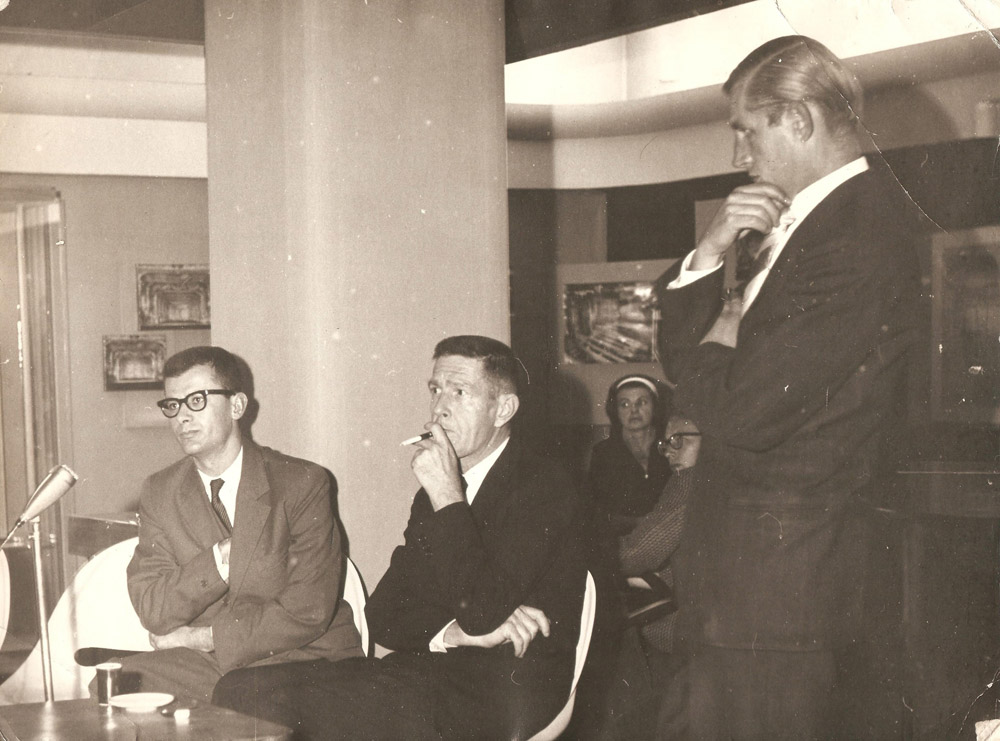
1964. szeptember 23. Eva Léblova jóvoltából
Mirko Chvojka: John Cage at the Theatre of Music in Prague (with František Fröhlich, Vladimír Lébl) September 23rd, 1964. Courtesy of Ms. Eva Léblová
The Freedom of Sound. John Cage behind the Iron Curtain
November 23, 2012. – February 17, 2013
Ludwig Museum – Museum of Contemporary Art
Komor Marcell u. 1, Budapest, H-1095
On the occasion of the 100th anniversary of the birth of John Cage, Ludwig Museum – Museum of Contemporary Art presents the exhibition entitled The Freedom of Sound – John Cage behind the Iron Curtain between 23 November, 2012 and 17 February, 2013.
John Cage (1912-1992) was one of the major figures of avant-garde music, a versatile artist who was also a performer, lecturer, author, and visual artist. Throughout his career, Cage performed and lectured all over the world. With his visits to the countries that once were behind the so-called Iron Curtain, and with his live performances (for instance at the Zagreb Music Biennial in 1963, or the Warsaw Autumn Festival in 1964) he had a huge impact not only on composers but also on many young artists in Central and Eastern Europe. Besides concerts and performances and presenting his visual artworks and scores, the exhibition explores John Cage’s Eastern European travels and connections with the local art scenes, and, through the works of contemporary artists from Central and Eastern Europe, his still existing influence on this region.
By introducing Chance and Indeterminacy into artistic practice – ideas that in the ideologically-politically determined Eastern-European mentality equalled freedom not only in artistic terms–, Cage has always been an important reference point for artists who challenge the traditional notion of authorship, who question the old concepts of the artwork and who refuse to renounce their artistic freedom because of official politics. Thus, the sound-installation Writing through the Essay, ‘On the Duty of Civil Disobedience’ (1985/91) is the centre of the exhibition. The randomized sentences cited from Henry David Thoreau’s essay of 1849 point out that it is the duty of every person to refuse to cooperate and to tolerate the ensuing penalty if the government pursues a policy of injustice.
To quote Thoreau again, “All sound is nearly akin to Silence; it is a bubble on her surface which straightway bursts, an emblem of the strength and prolificness of the undercurrent” – an idea that was also crucial for John Cage who deliberated sound from any musical constraints, and this freedom of the sound that the music of John Cage represented still echoes in numerous works of contemporary artists.
exhibiting artists:
JOHN CAGE | Milan Adamčiak | Viktor Alimpiev | Altorjai Sándor | Collective Actions / Andrei Monastirsky | Erdély Miklós | Esterházy Marcell | Ivan Ladislav Galeta | Ivo Gattin | Tomislav Gotovac | Milan Grygar | Sanja Iveković | Marijan Jevšovar | Jovánovics György | Tadeusz Kantor / Mieczyslaw Waśkowski | Milan Knížák | Ladik Katalin | Michal Murin | Maurer Dóra | Ciprian Mureşan | Deimantas Narkevicius | OHO Group | Ewa Partum | Vladan Radovanović | Józef Robakowski | Misa Savić | Konrad Smoleński | Tamás St.Turba | Jiří Valoch | Grzegorz G. Zgraja et al.
advisory board:
WILHEIM ANDRÁS | Beke László | Jozef Cseres | Nikša Gligo | Daniel Grün | Alexander Ivashkin | Petr Kotik | Antoní Michnik | Pavlina Morganova | Anežka Polášková | Ivana Miladinovic Prica | Darko Šimičić | Jaroslav Šťastný | Miško Šuvaković | Szőke Annamária et al.
curated by Székely Katalin
assistant curators: Aleksandra Brylska, Stephan Vicedom
with thanks to the staff of the Ludwig Museum and all those who assisted in the realization of the exhibition
Laura Kuhn / John Cage Trust; David Vaughan / Merce Cunningham Dance Foundation;
Nick Lesley / Electronic Arts Intermix; Margarete Roeder / Margarete Roeder Gallery;
Gene Caprioglio / C.F. Peters Corporation; Walter & Maria Schnepel; Christoph Grünenberg, Anne Buschhoff, Jutta Puttshew, Jutta Keddies, Frank Ströpken / Kunsthalle Bremen; Wulf Herzogenrath, Andreas Kreul; Snježana Pintarić, Tihomir Milovac, Nataša Ivančević / MSU – Museum of Contemporary Art, Zagreb; Walter Seidl / Kontakt. The Collection of the Erste Group; Ami Barak, Marie Gautier, Natalie Lanczmann / Pomeranz Collection, Vienna;
Vanja Žanko, Filip Trade Collection, Zagreb; Łukasz Mojsak / Filmoteka Muzeum, Museum of Modern Art in Warsaw; Marinko Sudac, Damian Nenadić / Marinko Sudac Collection; Sarah Gotovac / Tomislav Gotovac Institute; Iva-Nerina Sibila / The Estate of Ivo Gattin; Vörösváry Ákos / Első Magyar Látványtár, Budapest; Erdély Simon, Szőke Annamária / Erdély Miklós Alapítvány, Budapest; Pavla Lubovská, Ivana Zikánová / Zdenek Sklenar Gallery, Prague; Varvara Omelchenko, Nadia Totskaya / Regina Gallery, Moscow; Krzysztof Masiewicz; Katarzyna Krysiak / Galeria Foksal, Warsaw.
Mieczysław Kominek, Aleksandra Jagiełło-Skupińska / Polish Music Information Centre; Eva Léblová, Jaroslav Bužga; The Estate of Stanislav Maršál; Petr Bakla / Czech Music Information Centre / Czech Music Quarterly; Czech Museum of Music; City Archive of Ostrava; Czech Department of Archives Administration and Records Management; The Ministry of the Interior, Prague; Slobodan Mandic / Historical Archives of Belgrade; Klaniczay Júlia, Halasi Dóra / Artpool Art Research Center, Budapest; Tatai Erzsébet / MTA – Research Center for Humanities, Institute for Art History; Mirjana Siladjin, Branka Prazic / HRT – Croatian Television; Horváth Krisztina, Sütheő Hajnalka / MTVA; Justyna Turczynowicz / Filmoteka Naradowa, Warsaw
special thanks to
Sergey Bugaev/Afrika, John Batki, Dabi István, Felvégi Andrea, Garas Kálmán, Görgényi Frigyes, Boris Groys, Jaksa Éva, Jeney Zoltán, Kassa Eszter, Kővári Gyöngyi, Vlatka Kolarović, Sergey Letov, Lugosi Lugo László, Tina Lukinac, Dalibor Martinis, Luiza Nader, Dubaka Ricardas, Sipos Dániel, Sáry László, Szekeres Andrea, Szathmáry Éva, Szmolka Zoltán, Vidovszky László, Arkadiusz Bernaś, Szathmáry-Kellermann Viktória / Institut Polski, Budapest and Walter Queins / Peter und Irene Ludwig Stiftung.
The exhibition has been realized with support of
Special partner: MasterCard®
Partners: Palace of Arts Budapest, Ministry of National Resources, National Cultural Fund, Kempinski Hotel Corvinus, Blog.hu, ELLE, Peter und Irene Ludwig Stiftung, Polish Institute, Art’Otel
Position the cursor on the images to view captions, click on images to enlarge them.
Posizionare il cursore sulle immagini per leggere le didascalie; cliccare sulle immagini per ingrandirle.

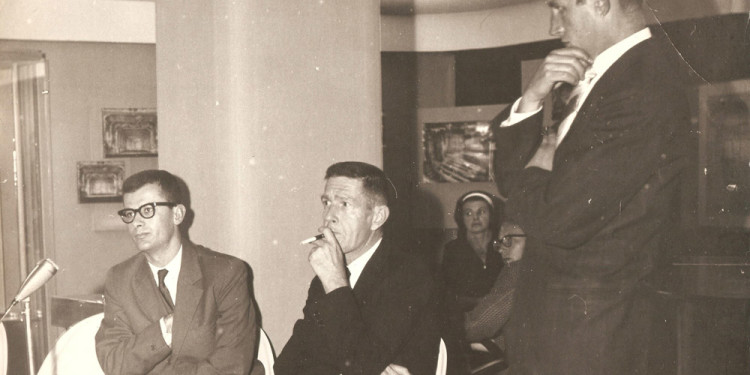
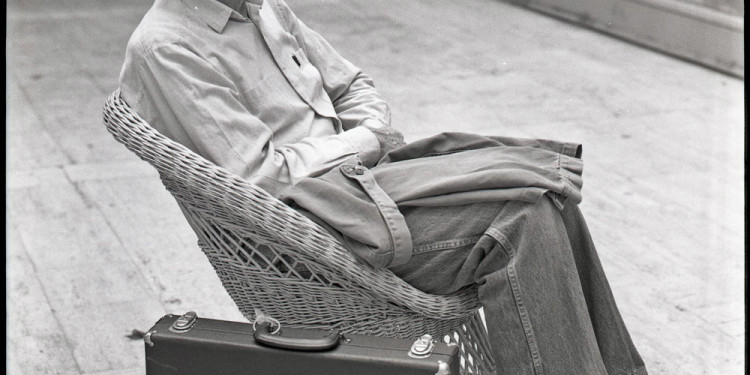
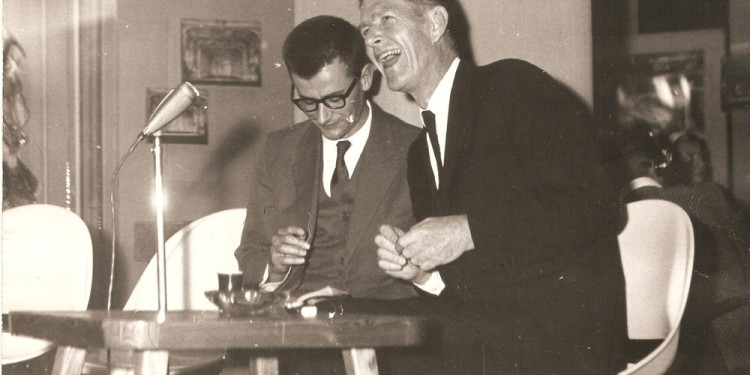
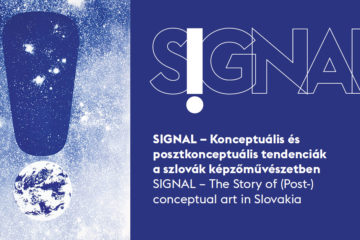

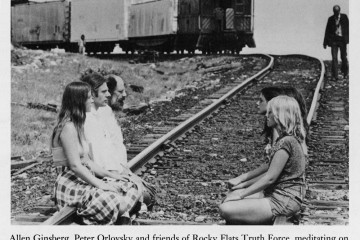

No Comment